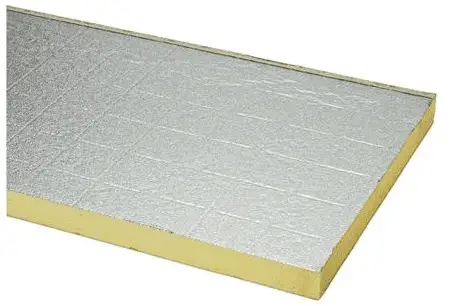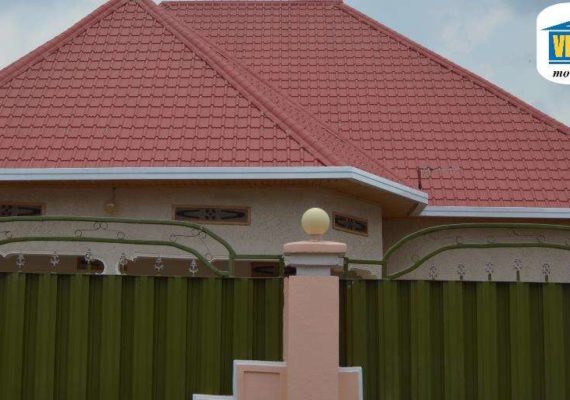Thermal Insulation in Buildings: 5 Common insulation Materials.
The 5 common thermal insulation materials in buildings
Thermal insulation is the method of preventing heat from escaping a building or from entering the building. The thermal insulators are referred to materials used to reduce the rate of heat transfer.
Commonly used insulation materials and what they can do for you.

- Mineral Wool
Mineral wool covers quite a few types of insulation. It could refer to either glass wool which is fiberglass manufactured from recycled glass or rock wool which is a type of insulation made from basalt.
Most mineral wool does not have additives to make it fire resistant, making it poor for use in situation where extreme heat is present.
- Fiberglass
Fiberglass is an extremely popular insulation material. One of its key advantages is value. Fiberglass insulation has a lower installed price than many other types of insulating materials and, for equivalent R-Value.
Because of how it is made, by effectively weaving fine strands of glass into an insulation material, its able to minimize heat transfer, it is an excellent non-flammable insulation material.
- Polystyrene
Polystyrene is a waterproof thermoplastic foam which is an excellent sound and temperature insulation material. Polystyrene insulation has a uniquely smooth surface which no other type of insulation possesses.

It is used in both residential and commercial settings.
- Cellulose
Cellulose is a very eco-friendly form of insulation. It is composed of 75-85% recycled paper fiber, usually post-consumer waste newsprint. Cellulose contains no oxygen, hence, helps to minimize the amount of damage that a fire can cause. Apart from its eco-friendliness it is also one of the most fire-resistant forms of insulation.
- Polyurethane Foam
Spray polyurethane foam (SPF) is made by mixing and reacting chemicals to create a foam. The mixing and reacting materials react very quickly, expanding on contact to create foam that insulates, air seals and provides a moisture barrier..



